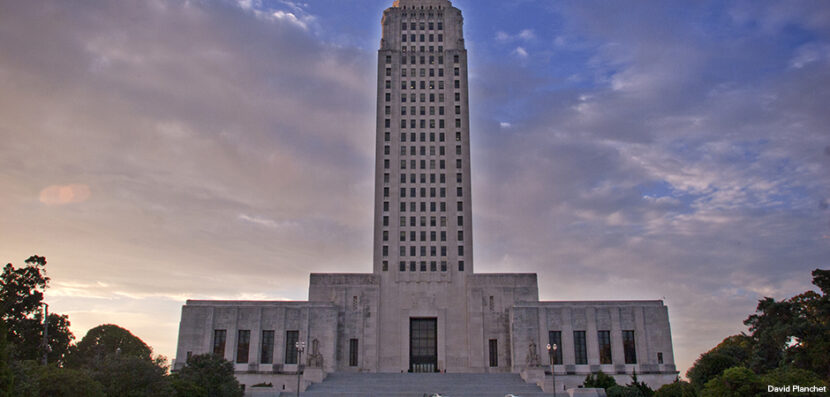- Current Events New Alabama Congressional District Selects Candidates
- Current Events Nebraska Rejects Winner-Take-All Proposal
- Citizenship Voting Under Age 18
- Citizenship Citizenship in Action
- Democratic Party Biden’s and Trump’s Recent Primary Results
- Elections Trump and Biden Win South Carolina and Michigan Primaries

Louisiana’s New Congressional District Map
Louisiana Governor Jeff Landry signed a new congressional district map into law on January 22, 2024, to satisfy a court ruling. The state had been involved in a legal battle over redistricting since 2022.
Under the new map, two of Louisiana’s six congressional districts will now have a majority-Black population, offering a more balanced representation to the state’s Black voters.
What Are Districts?
The House of Representatives is one of the two chambers of the United States Congress. Members of the House are elected officials called representatives. Their primary role is to create and pass laws that directly affect the people. The number of Louisiana representatives the state sends to the U.S. House is determined by its population. Almost every state is divided into areas called congressional districts. Each member of the House represents one of these districts.
Every ten years states conduct a census, or population count, and engage in a process called redistricting. During redistricting, states redraw their congressional district maps to ensure that each district has a balanced number of people. This process is meant to maintain fairness in elections and representation. Also, since the passage of the Voting Rights Act of 1965, the federal government may prohibit any state or local government rules that deny the right to vote for citizens “on account of race or color”.
Concerns About Fairness Lead to Court
Louisiana completed its most recent redistricting process in 2022. While the state government approved that map, critics argued it weakened the influence of Black voters in the state. Louisiana has 6 congressional districts. The new map had only one majority-African American district out of six, despite African American residents making up about a third of the state’s population. African A voters in Louisiana contested the map in court. They argued that Louisiana’s district map was in violation of the Voting Rights Act. This led to a two-year long legal battle, that went all the way to the U.S. Supreme Court.
On June 26, 2023, the Supreme Court upheld a ruling by the U.S. Court of Appeals for the Fifth Circuit that Louisiana’s district map must be redrawn. This decision required Louisiana to comply with the Voting Rights Act and add a second majority-Black voting district. This ruling is seen as a victory for Black voters and resolved the state’s prolonged legal battle over redistricting.
The Map is Redrawn
The Louisiana state legislature began creating a new district map on January 15, 2024. This process finished within a week, meeting the January 30 deadline given by the federal court. Louisiana’s 2nd District, covering much of New Orleans, will now have an African American population of approximately 53 percent. Democratic Representative Troy Carter currently represents the district.
Louisiana’s 6th District will now extend from Shreveport to Baton Rouge and will have a Black population of about 56 percent. That is an increase from the current 23 percent.
Alternative proposals preferred by Black voting rights activists were considered. One option would have impacted the 5th District held by Republican Representative Julia Letlow. Protecting Letlow’s seat, as the only female representative from Louisiana and member of the House Appropriations Committee, was a priority for some Republican lawmakers. Efforts were also made by the Republican party to safeguard the seats of House Speaker Mike Johnson and House Majority Leader Steve Scalise, both Republicans.
The final step for Louisiana’s map involves approval from a federal judge. This approval is expected to be granted. This new map will mark a significant development in the state of Louisiana’s political landscape.


